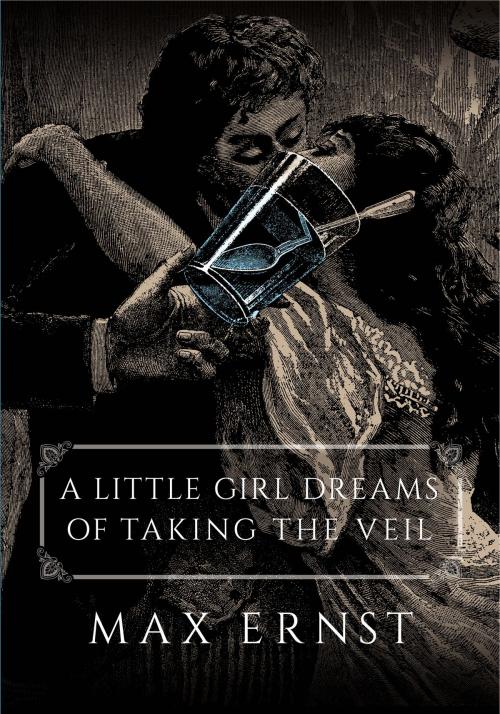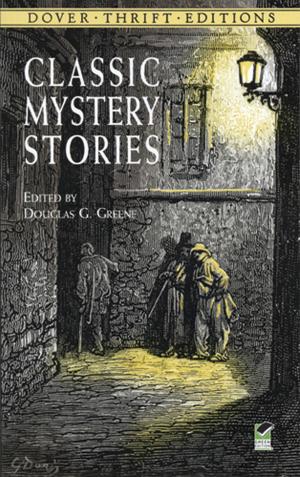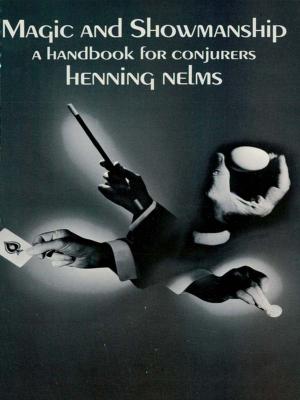A Little Girl Dreams of Taking the Veil
Nonfiction, Art & Architecture, Art History, European, General Art| Author: | Max Ernst | ISBN: | 9780486823386 |
| Publisher: | Dover Publications | Publication: | June 15, 2017 |
| Imprint: | Dover Publications | Language: | English |
| Author: | Max Ernst |
| ISBN: | 9780486823386 |
| Publisher: | Dover Publications |
| Publication: | June 15, 2017 |
| Imprint: | Dover Publications |
| Language: | English |
In the course of browsing an illustrated book of objects—umbrellas, watches, tools, clothes—artist Max Ernst was struck by the items' unusual juxtapositions. By manipulating the Victorian-era engravings into striking tableaux and adding brief captions, Ernst invented the collage novel and transformed banal advertising art into revealing dramas rooted in his dreams and secret desires.
A Little Girl Dreams of Taking the Veil was originally published in 1930 as Rêve d'une petite fille qui voulut entrer au Carmel. Its hallucinatory visions center on the nightmares of a girl who loses her virginity on the day of her first communion and resolves to become a nun. Ernst, a pioneer of the Dada movement and Surrealistic art, blends humor and irony in his exploration of the nonrational but very real intersection of religious ecstasy and erotic desire. A century after its debut, this profoundly peculiar book retains its shock value as well as its imaginative power.
In the course of browsing an illustrated book of objects—umbrellas, watches, tools, clothes—artist Max Ernst was struck by the items' unusual juxtapositions. By manipulating the Victorian-era engravings into striking tableaux and adding brief captions, Ernst invented the collage novel and transformed banal advertising art into revealing dramas rooted in his dreams and secret desires.
A Little Girl Dreams of Taking the Veil was originally published in 1930 as Rêve d'une petite fille qui voulut entrer au Carmel. Its hallucinatory visions center on the nightmares of a girl who loses her virginity on the day of her first communion and resolves to become a nun. Ernst, a pioneer of the Dada movement and Surrealistic art, blends humor and irony in his exploration of the nonrational but very real intersection of religious ecstasy and erotic desire. A century after its debut, this profoundly peculiar book retains its shock value as well as its imaginative power.















